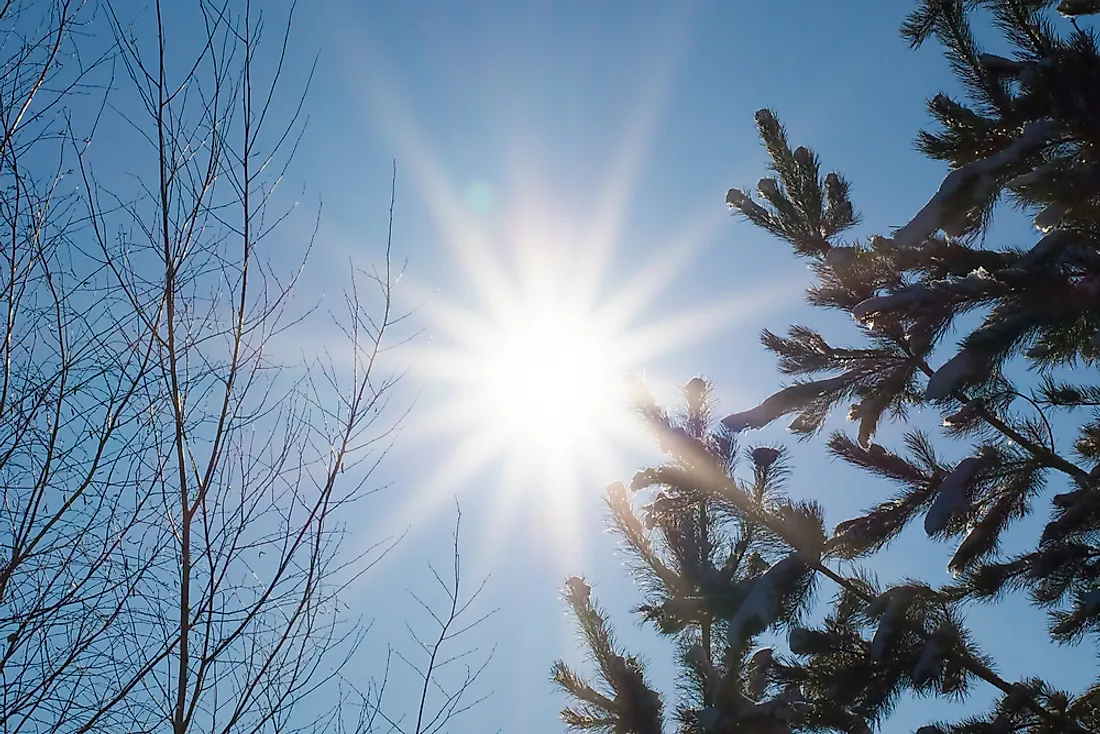What Is The Difference Between Solstice and Equinox?

The Earth’s rotation about its axis is why the earth experiences day and night. The earth also revolves around the sun. One revolution takes 365 days, which are the number of days in a yea.
Definitions
The word “equinox” has Latin origins. Upon translation, the two words which make it up, “aequus” and “nox,” mean “equal” and “night” respectively. Therefore, equinox roughly means “equal night” in English. An equinox occurs when the sun spends an equal amount of time below and above the horizon and the earth’s tilt the same. The result is that all areas on the surface of the globe receive an equal amount of sunlight or daylight and darkness. Both the darkness and daylight are equal to 12 hours each.
On the other hand, the word “solstice” comes from two Latin words; “sol” which translates to “sun” and “sistere” meaning “to stand still.” During this time, the sun comes to a halt (the sun stands still) before reversing direction. This event happens only when the sun’s path is at the farthest point from the equator. As a result, the southern and northern extremes of the earth get to receive longer nights and longer days.
Other Differences
The first and the biggest difference is with regards to the distance of the sun from the equator. An equinox occurs when the sun is closest to the equator while solstice takes place at a time when the sun is at the furthest point from the equator.
In terms of the season where each phenomenon occurs, equinox takes place during the commencement of fall (autumn) and spring. Solstice, by comparison, takes place during winter and summer. However, both of them occur twice in a year. During autumn, the equinox occurs on September 21, and it happens in the northern hemisphere. On either March 20 or March 21, during spring, the equinox is in the southern hemisphere. The dates may differ slightly from year to year with a deviation of up to three days. For the case of the solstices, the winter solstice takes place on December 21 every year. The winter solstice marks the shortest day of the year. The summer solstice takes place on June 21, and it brings about the lengthiest day of the year. Both of them depend on the seasons since they mark the beginning or the division of seasons.
While the solstices bring about a change of the length of day and night, the equinoxes do not. The winter and summer solstices brig about the shortest and longest day of the year respectively. The equinoxes bring about an equal amount of daylight and darkness received all across the earth.











